Feasibility Of Hydroponic Celery Production
Celery is a versatile vegetable that is consumed raw and cooked. While the petiole is the main consumable part of the plant, its leaves are also used for flavoring and its seeds as spice. Celery is being studied along with pak choi, kale, and Swiss chard as petiole crops in the From Flowers to Food project.
One crop characteristic, crop time, suggests that celery does not fit in this group from a hydroponic production perspective. Because celery requires a lengthy crop time, it is being discussed separately from other petiole crops in order to explore options to decrease time from sow to harvest.
[blackoutgallery id=”127072″]
Cultivar Selection All-Important For Hydroponic Growing
My primary seed source for this project is Harris Seeds, a long-time breeder-supplier to commercial farmers, greenhouse growers, and home gardeners. The folks at Harris are supporting the research by providing seeds of most of the cultivars included in the project. A secondary seed source is Johnny’s Selected Seeds, a popular breeder-supplier with a consumer garden focus.
Past articles in this series included comments about navigating the many cultivar offerings in seed catalogs when choosing items for high density plug-tray production in hydroponic systems. When growing carrots in deep plug trays on flood-and-drain benches, cultivar selection is critical. One cannot expect to force 10-inch long carrots to grow in 5-inch deep plug trays.
Harris’s commercial grower catalog lists six cultivars of carrots. Johnny’s home gardener catalog offers 19. Compare those numbers to celery selection where Harris offers one, Johnny’s offers two, and all three crop times are between 80 and 90 days. That’s 11 to 13 weeks as compared to pak choi, kale, and Swiss chard, which can be grown in as few as four weeks to as many as eight, depending on desired maturity and size.
This extended crop time is perplexing, and I am anxious to learn from breeders why celery is different from other crops grown solely for their vegetative parts.
We’re All Consumers Looking For Tastier Produce
Half the time when I place carrots and celery in the grocery store shopping cart, I accept the reality that they will fall short of my expectations for tenderness, tastiness, and sweetness. From the perspective of hydroponic vegetable research, I believe we can do much, much better.
A common ingredient used to add flavor to soups, sauces, and stocks is Mirepoix, pronounced meer-pwah, which is a mixture of chopped onions, carrots, and celery. Worth repeating, it is used to add flavor to various dishes. My disappointment with less than satisfying celery and carrots means two of the three vegetables making up Mirepoix hit the cutting board with poor flavor before they’re even chopped.
With a growing number of chefs demanding locally grown food and farm-to-table efficiency, I have no doubt they would favor better tasting celery and carrots in their cooking. Also, with a growing number of consumers demanding their food be grown locally for similar reasons, does anyone doubt what their response would be to more flavorful, tender, and fresher produce?
Determining The Best Plug Tray Size For Hydroponic Production
The experiment included three density configurations and two celery cultivars. A standard 72-plug tray (square cells) and a deep nursery 37-cell tray were used along with an 1801 tray (31/2-inch square pots). The growing medium used was SunGro 3B. The hydroponic holding tanks contained a fertilizer solution of Peters Excel 13-2-13 at the rate of 150 ppm nitrogen. Greenhouse temperature set points were 60°F night and 75°F degrees day.
Seeds were sown on Jan. 29, 2015. Cells were thinned to single plants on April 1 (62 days). Figure 1 (see slideshow) shows an early difference in cultivar growth at this time. Some of the bare root, thinned seedlings were placed in nutrient-film channels with holes at approximately 2 1/2-inch centers.
Given celery’s long crop cycle, starting the experiment in late January provided a challenge. In addition to winter growing conditions in New England, no supplemental light was used in the initial experiment. The objective was to determine if celery could be grown under these conditions to set a baseline for crop expectations.
Figure 2 (see slideshow) shows ‘Tango’ plants on April 20 after 80 days. Two observations are worth noting. First, notice that top (shoot) growth is generally similar regardless of tray configuration. As would be expected, the lower density tray (1801) provided more space per plant and hence the shorter, wider plant.
The second note focuses on root growth. As one would expect, root development in the smallest cell volume is very dense. The deep nursery cell shows more root activity lower in the cell, closer to the flood-and-drain interface. The 3 ½-inch 1801 container shows a more normal root distribution from the perspective of a potted crop.
The three tray configurations (1801, 37, and 72) roughly double plant density with each step. Or, as pictured left to right in Figure 2 (see slideshow), going from 72 to 37 to 1801 doubles the space per plant with each step. An interesting observation is that doubling plant space from 72 to 37 cells per tray yielded similar shoot production in terms of height and width. It wasn’t until space per plant was doubled again (37 to 1801) that shorter, fuller plants were observed. At this point, unlike results for carrot and pak choi, where the deep nursery cell was needed, celery does not appear to benefit from the deeper cell.
Figure 3 (see slideshow) shows plants on May 13 after 103 days of growth. At this point in the crop cycle, one would conclude that the highest density 72 tray produced etiolated, weaker plants, while the lowest density 1801 tray produced the more acceptable looking celery plants. The intermediate 37 tray yielded plants between the two extremes.
Time To Harvest
The experiment ended on May 28 after 118 days (approximately 17 weeks). At this time, only the 1801 density tray produced commercially acceptable stalks (Figure 4, see slideshow). As stated above, the extended crop time for celery is unacceptable for greenhouse hydroponic production. A major factor was growing during winter months without supplemental light.
Putting crop time aside for a moment, let’s look at the harvested stalks more closely. Figure 5 (see slideshow) shows three harvested plants on a kitchen cutting board with a chef’s knife (6-inch blade, 11-inches total length) adding perspective. Consistent with previously reported work on other crops is the conclusion that, if we accept smaller plant size, the opportunity to grow tender, tastier produce is possible.
I would associate this product with higher-priced celery hearts or pre-cut celery products, rather than with mainstream, fully grown stalks. And from a subjective perspective, this first experiment yielded some pretty tasty and tender celery. As reported in past articles, some attitude adjustment is necessary, as these harvested stalks are not as big and bulky as what we’re used to buying and seeing in
grocery stores.
Are Serving-Size, Quick-Crop Celery Cultivars On The Breeding Horizon?
In the introduction, I mentioned being eager to learn from breeders why celery crop time is so long. Using pak choi as an example, can we breed celery cultivars that are miniature and suitable for quick cropping? Figure 6 (see slideshow) shows pak choi grown in a 50-cell tray as a baby green. I can imagine baby celery grown in this same tray. Can we imagine personal serving-size celery that is plated next to personal serving-size carrots? How about different colored celery to go along with Swiss chard, carrots, and radish?
Lastly, remember those thinned, bare root celery plants that were placed in nutrient-film channels just for kicks? Figure 7 (see slideshow) shows the crop at the 80 day stage. While not yet ready for commercial production, there is an opportunity to continue exploring. The uplifting theme of the From Flowers to Food project repeats in these articles. The limiting factor in greenhouse hydroponic food production will be our imagination.





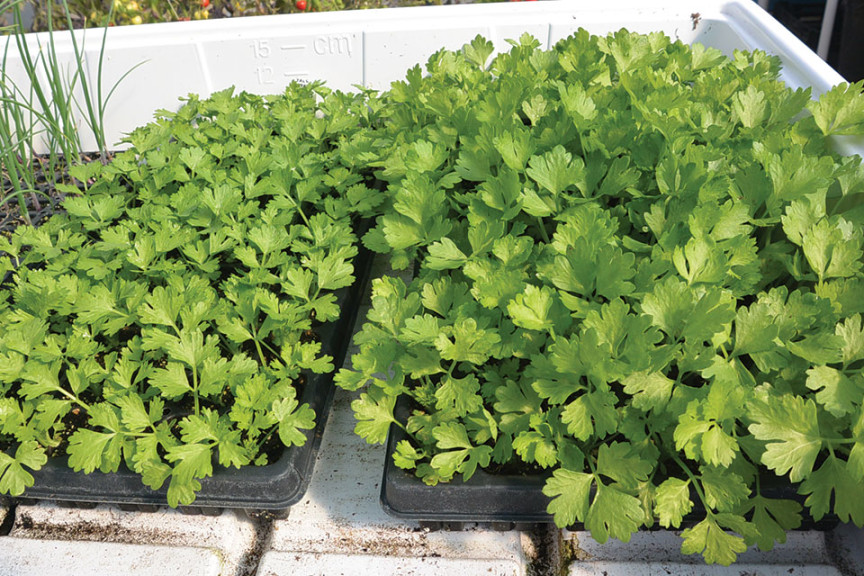
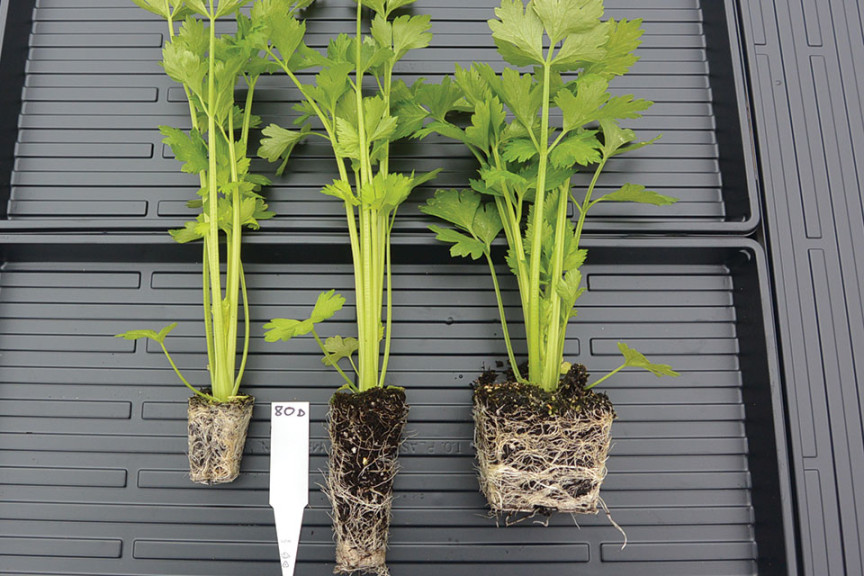
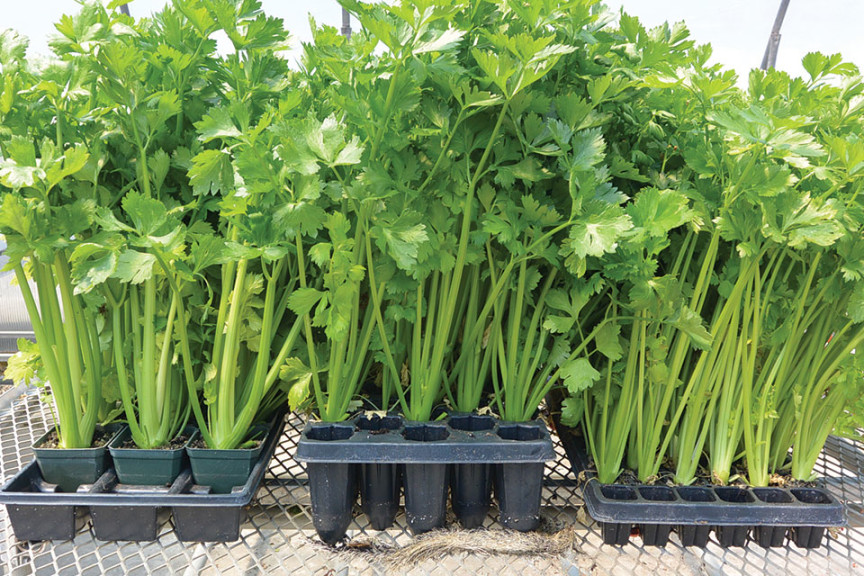
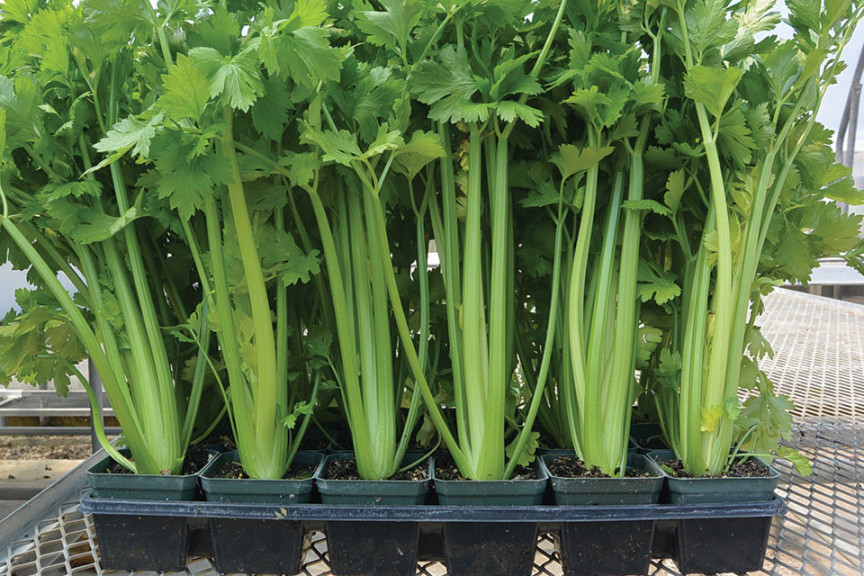
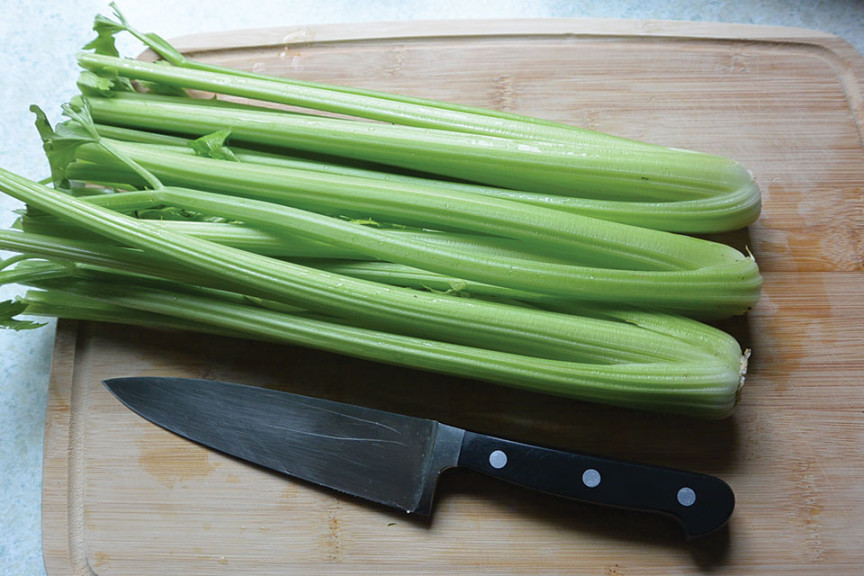
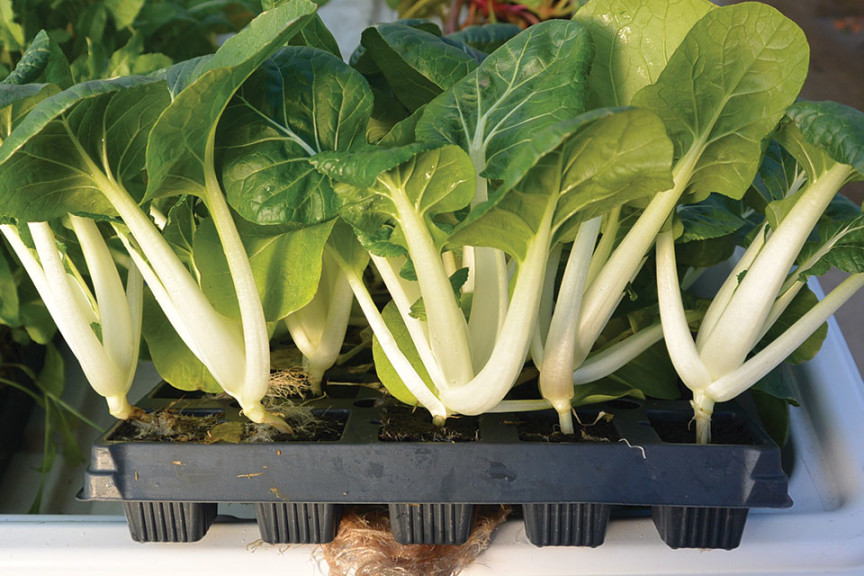
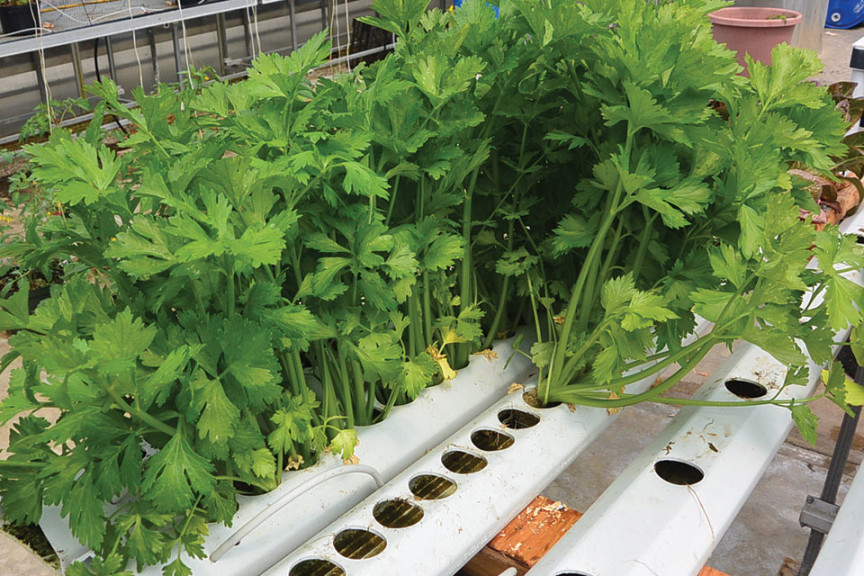
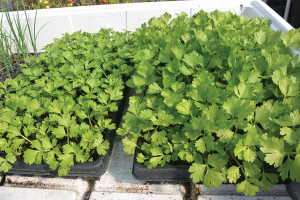
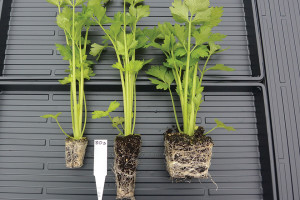
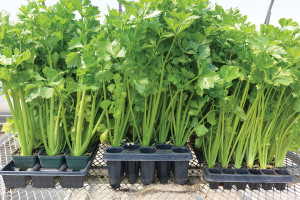
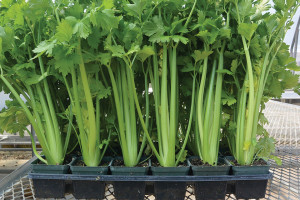
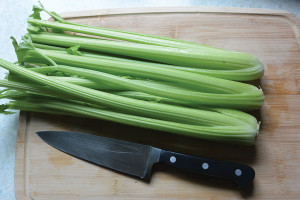
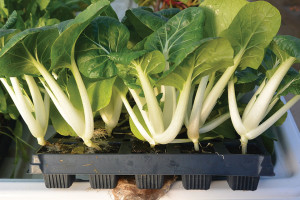
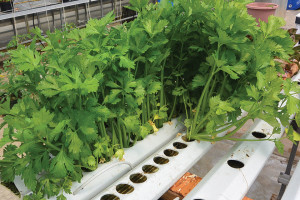
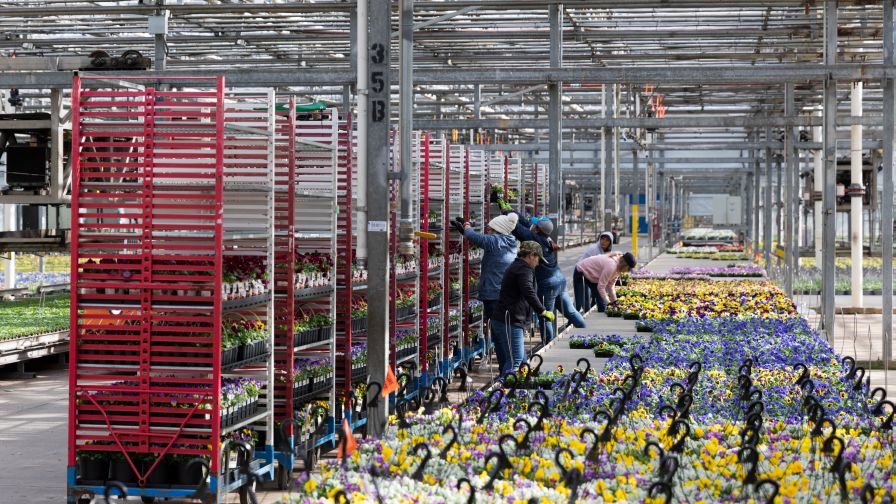

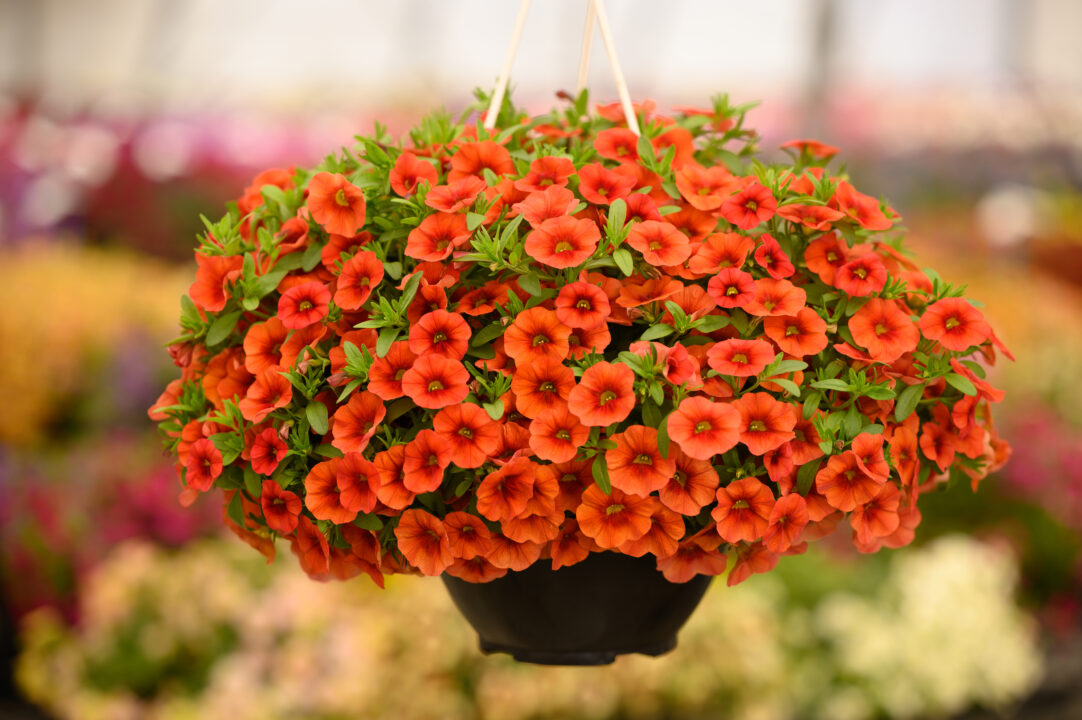





![California Spring Trials: 10 New Edible Varieties To Consider For 2015 [Slideshow]](https://www.greenhousegrower.com/wp-content/uploads/2014/06/Indigo-Collection-Tomato-300x169.jpg)